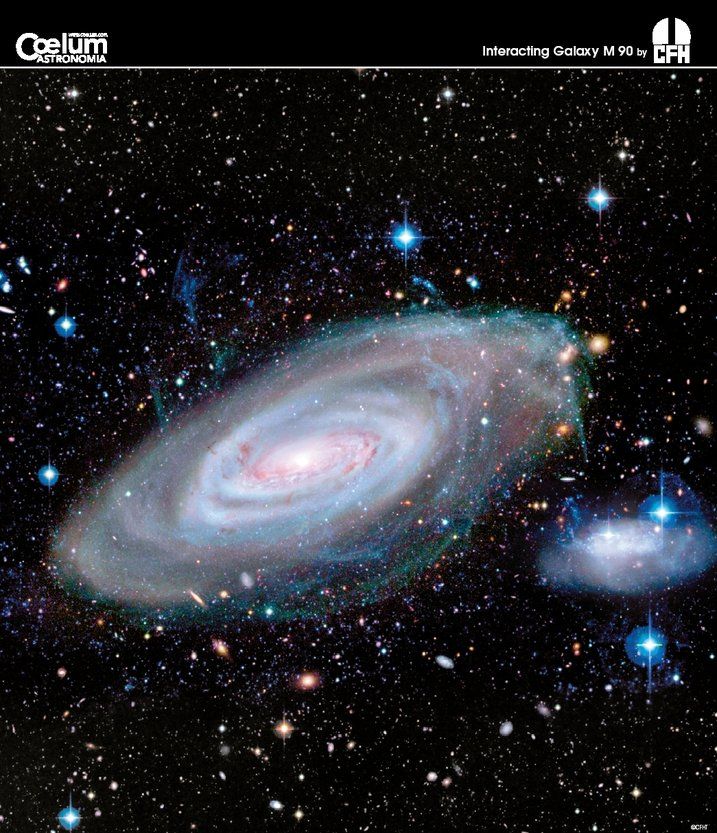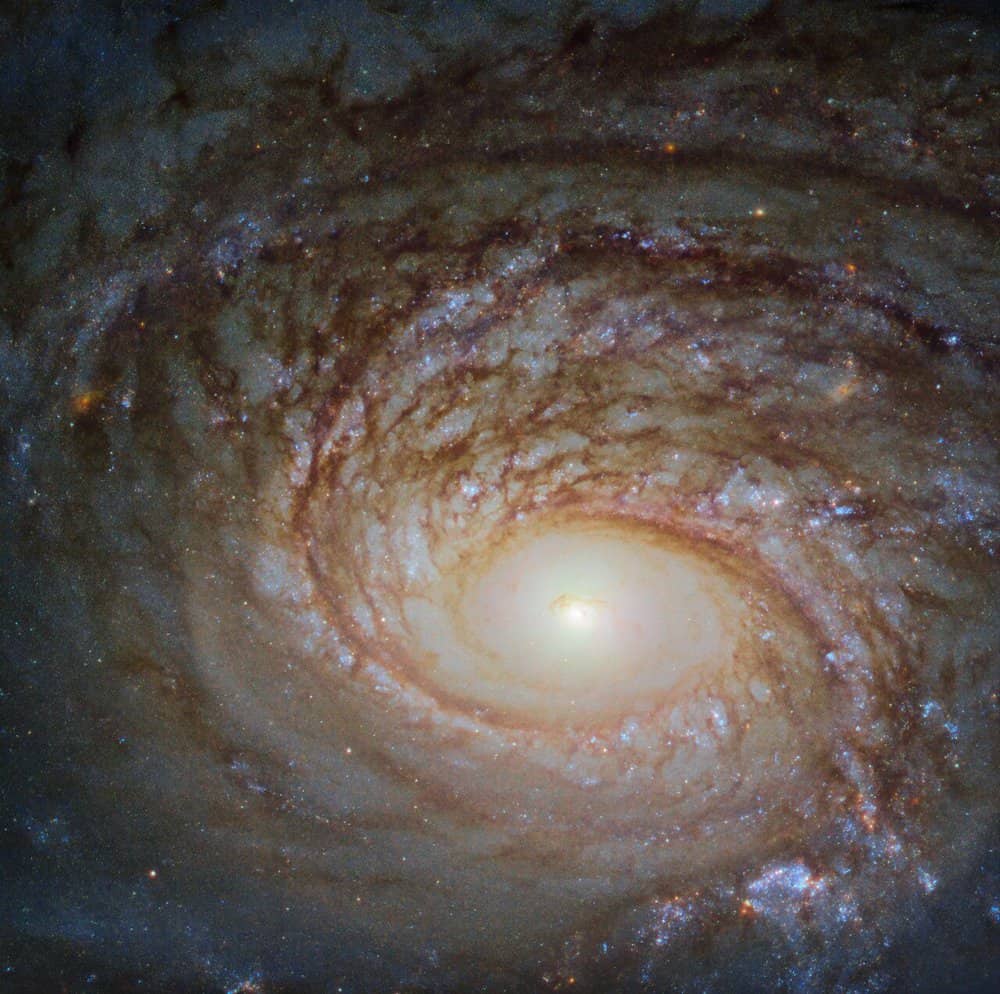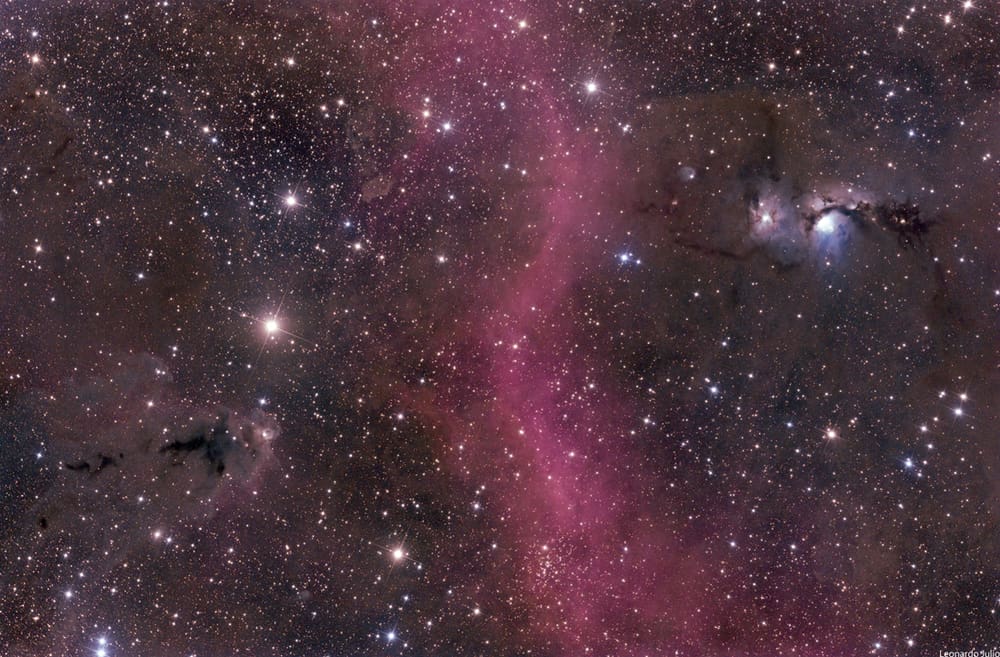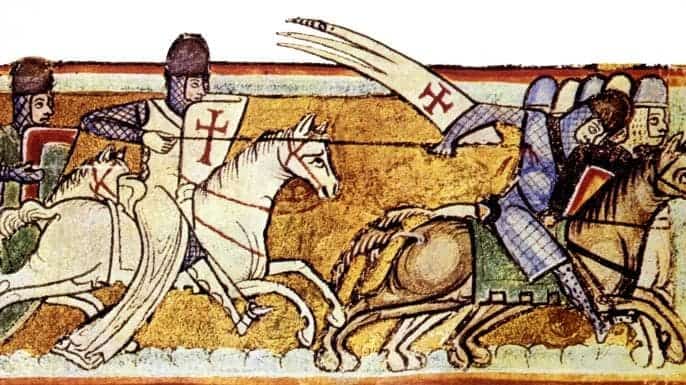Blog
Eddie Palmieri (born December 15, 1936) is a Grammy Award-winning pianist, bandleader, musician, and composer of Puerto Rican ancestry. He is the founder of the bands La Perfecta, La Perfecta II, and Harlem River Drive.
Palmieri’s parents moved to New York from Ponce, Puerto Rico, in 1926, and settled in the South Bronx, a largely Hispanic neighborhood. There, he and his elder brother, Charlie Palmieri, were born. He accompanied Charlie and participated in many talent contests when he was eight years old.
Palmieri continued his education in the city’s public school system where he was constantly exposed to music, specifically jazz. He took piano lessons and performed at Carnegie Hall when he was 11 years old. His main influences were Thelonious Monk and McCoy Tyner. Inspired by his older brother, he was determined to someday form his own band – something he achieved in 1950, when he was fourteen years old. During the 1950s, Palmieri played in various bands, including Tito Rodríguez‘s. In 1961, Palmieri founded the band Conjunto La Perfecta, which featured singer Ismael Quintana. Apart from the big bands, at the beginning of the decade the Charanga was the Latin dance craze. Essential to the Charanga style is the five key wooden flute and at least two violins. Palmieri decided to replace the violins with two trombones for a heavier sound.
Two key elements to the ‘Palmieri’ sound were trombonists Barry Rogers (who was very influential to the fourth chords sound that Palmieri is known for) and Brazilian-born José Rodrígues. Together they were responsible for many of the ‘head’ arrangements, mambos and moñas that the band recorded. George Castro (flute), Manny Oquendo (bongó and timbales), Tommy López (conga) and Dave Pérez (bass) rounded out the group. To this day, the group is known as one of the swingingest, most danceable, innovative and influential groups of that period.
Palmieri experimented by including a touch of jazz in his recordings, and incorporating a popular Cuban rhythm known as mozambique. Lo Que Traigo Es Sabroso (What I Bring is Saucy) and Mozambique are just two examples of his use of this rhythm. Seeking a bigger and punchier sound, Palmieri disbanded the band in 1968.
more...Charles Daniel Richmond (December 15, 1931 – March 15, 1988) was an American jazz drummer who is best known for his work with Charles Mingus. He also worked with Joe Cocker, Elton John and Mark-Almond.
Richmond was born in New York City and started playing tenor saxophone at the age of thirteen; he went on to play R&B with the Paul Williamsband in 1955. His career took off when he took up the drums, in his early twenties, through the formation of what was to be a 21-year association with Charles Mingus. Mingus biographer Brian Priestley writes that “Dannie became Mingus’s equivalent to Harry Carney in the Ellington band, an indispensable ingredient of ‘the Mingus sound’ and a close friend as well”.
That association continued after Mingus’ death when Richmond became the first musical director of the group Mingus Dynasty in 1980. On June 25, 2019, The New York Times Magazine listed Dannie Richmond among hundreds of artists whose material was reportedly destroyed in the 2008 Universal fire.
more...Curtis DuBois Fuller (born December 15, 1934) is an American jazz trombonist, known as a member of Art Blakey‘s Jazz Messengers and contributor to many classic jazz recordings.
Fuller’s Jamaican-born parents died when he was young; he was raised in an orphanage. While in Detroit he was a school friend of Paul Chambersand Donald Byrd, and also knew Tommy Flanagan, Thad Jones and Milt Jackson. After army service between 1953 and 1955 (when he played in a band with Chambers and brothers Cannonball and Nat Adderley), Fuller joined the quintet of Yusef Lateef, another Detroit musician. In 1957 the quintet moved to New York, and Fuller recorded his first sessions as a leader for Prestige Records.
Alfred Lion of Blue Note Records first heard Fuller playing with Miles Davis in the late 1950s, and featured him as a sideman on record dates led by Sonny Clark (Dial “S” for Sonny, Sonny’s Crib) and John Coltrane (Blue Train). Fuller led four dates for Blue Note, though one of these, an album with Slide Hampton, was not issued for many years. Other sideman appearances over the next decade included work on albums under the leadership of Bud Powell, Jimmy Smith, Wayne Shorter, Lee Morgan and Joe Henderson (a former roommate at Wayne State University in 1956).
Fuller was also the first trombonist to be a member of the Art Farmer–Benny Golson Jazztet, later becoming the sixth man in Art Blakey‘s Jazz Messengers in 1961, staying with Blakey until 1965. In the early 1960s, Fuller recorded two albums as a leader for Impulse! Records, having also recorded for Savoy Records and Epic after his obligations to Blue Note had ended. In the late 1960s, he was part of Dizzy Gillespie‘s band that also featured Foster Elliott. Fuller went on to tour with Count Basie and also reunited with Blakey and Golson.
more...Barry Doyle Harris (born December 15, 1929) is an American jazz pianist, bandleader, composer, arranger and educator. He is an exponent of the bebop style. Harris began learning the piano at the age of four. His mother was a church pianist and had asked if Harris was interested in playing church or jazz music. Having picked jazz, he was influenced by Thelonious Monk, and Bud Powell. Harris had a strong admiration for the style of Powell, claiming it to be the “epitome” of jazz. He went to public areas to play dances for clubs and ballrooms. Harris learned the bebop styles largely by ear, imitating the solos played by Bud Powell in his teenage years.
Harris was based in Detroit through the 1950s and worked with musicians such as Miles Davis, Sonny Stitt and Thad Jones. He also performed in place of Junior Mance, who was Gene Ammons‘s regular pianist for his group frequently. In addition, Harris toured with Max Roach briefly in 1956 as a pianist after the group’s resident pianist Richie Powell (younger brother of Bud Powell) died in a car crash.
Harris performed with Cannonball Adderley‘s quintet and even had a chance to do a television stint with them. Harris relocated to New York City in 1960, where he became a performer as well as a jazz educator. During his time in New York, Harris collaborated with Dexter Gordon, Illinois Jacquet, Yusef Lateef and Hank Mobley through performances and recordings.
Between 1965 and 1969, Harris performed extensively with Coleman Hawkins at the Village Vanguard.
more...https://www.youtube.com/watch?v=7FhgYon2xFE
more...This Picture of the Week stars Messier 90, a beautiful spiral galaxy located roughly 60 million light-years from the Milky Way in the constellation of Virgo (The Virgin). The galaxy is part of the Virgo Cluster, a gathering of galaxies that is over 1200 strong.
Messier 90 is remarkable; it is one of the few galaxies seen to be travelling toward the Milky Way, not away from it. The galaxy’s light reveals this incoming motion in that it is blueshifted. In simple terms, the galaxy is compressing the wavelength of its light as it moves towards us, like a slinky being squashed when you push on one end. This increases the frequency of the light and shifts it towards the blue end of the spectrum. As our Universe is expanding, almost all of the galaxies we see in the Universe are moving away from us, and we therefore see their light as redshifted, but Messier 90 appears to be a rare exception.
Astronomers think that this blueshift is likely caused by the cluster’s colossal mass accelerating its members to high velocities on bizarre and peculiar orbits, sending them whirling around on odd paths that take them both towards and away from us over time. While the cluster itself is moving away from us, some of its constituent galaxies, such as Messier 90, are moving faster than the cluster as a whole, making it so that from Earth we see the galaxy heading towards us. However, some are also moving in the opposite direction within the cluster, and thus seem to be streaking away from us at very high velocity.

Phineas Newborn Jr. (December 14, 1931 – May 26, 1989) was an American jazz pianist, whose principal influences were Art Tatum, Oscar Peterson, and Bud Powell.
Newborn was born in Whiteville, Tennessee, and came from a musical family: his father, Phineas Newborn Sr., was a drummer in blues bands,and his younger brother, Calvin, a jazz guitarist. He studied piano as well as trumpet, and tenor and baritone saxophone.
Before moving on to work with Lionel Hampton, Charles Mingus, and others, Newborn first played in an R&B band led by his father on drums, with his brother Calvin on guitar, Tuff Green on bass, Ben Branch and future Hi Records star Willie Mitchell. The group was the house band at the now famous Plantation Inn Club in West Memphis, Arkansas, from 1947 to 1951, and recorded as B. B. King‘s band on his first recordings in 1949, as well as the Sun Records sessions in 1950. They left West Memphis in 1951 to tour with Jackie Brenston as the “Delta Cats” in support of the record “Rocket 88“, recorded by Sam Phillips and considered by many to be the first ever rock & roll record (it was the first Billboard No. 1 record for Chess Records).
more...Cecil Payne (December 14, 1922 – November 27, 2007) was an American jazz baritone saxophonist born in Brooklyn, New York. Payne also played the alto saxophone and flute. He played with other prominent jazz musicians, in particular Dizzy Gillespie and Randy Weston, in addition to his solo work as bandleader.
Payne received his first saxophone at the age of 13, asking his father for one after hearing “Honeysuckle Rose” performed by Count Basie with Lester Young soloing. Payne took lessons from a local alto sax player, Pete Brown. He studied at Boys High School, Bedford-Stuyvesant. Payne began his professional recording career with J. J. Johnson on the Savoy label in 1946. During that year he also began playing with Roy Eldridge, through whom he met Dizzy Gillespie. His earlier recordings would largely fall under the swing category, until Gillespie hired him. Payne stayed on board until 1949, heard performing solos on “Ow!” and “Stay On It”. In the early 1950s he found himself working with Tadd Dameron, and worked with Illinois Jacquet from 1952 to 1954. He then started freelance work in New York City and frequently performed during this period with Randy Weston, whom Payne worked with until 1960. Payne was still recording regularly for Delmark Records in the 1990s, when he was in his seventies, and indeed on into the new millennium.
https://www.youtube.com/watch?v=31UbNZYssn8
more...Clark Virgil Terry Jr. (December 14, 1920 – February 21, 2015) was an American swing and bebop trumpeter, a pioneer of the flugelhorn in jazz, and a composer and educator.
He played with Charlie Barnet (1947), Count Basie (1948–51), Duke Ellington (1951–59), Quincy Jones (1960), and Oscar Peterson (1964-96). He was with The Tonight Show Band from 1962 to 1972. His career in jazz spanned more than 70 years, during which he became one of the most recorded jazz musicians, appearing on over 900 recordings. Terry also mentored Quincy Jones, Miles Davis, Herbie Hancock, Wynton Marsalis, Pat Metheny, Dianne Reeves, and Terri Lyne Carrington.
Terry was born to Clark Virgil Terry Sr. and Mary Terry in St. Louis, Missouri, on December 14, 1920. He attended Vashon High School and began his professional career in the early 1940s, playing in local clubs. He served as a bandsman in the United States Navy during World War II. His first instrument was valve trombone.
Blending the St. Louis tone with contemporary styles, Terry’s years with Basie and Ellington (who secretly recruited Terry away from Basie) in the late 1940s and 1950s established his prominence. During his period with Ellington, he took part in many of the composer’s suites and acquired a reputation for his wide range of styles (from swing to hard bop), technical proficiency, and good humor. Terry influenced musicians including Miles Davis and Quincy Jones, both of whom acknowledged Terry’s influence during the early stages of their careers. Terry had informally taught Davis while they were still in St Louis, and Jones during Terry’s frequent visits to Seattle with the Count Basie Sextet.
more...Why Friday the 13th Spelled Doom for the Knights Templar
Why are Fridays that fall on a month’s 13th day so fearful?
Some attribute the origins to the Code of Hammurabi, one of the world’s oldest legal documents, which may or may not have superstitiously omitted a 13th rule from its list. Others claim that the ancient Sumerians, who believed the number 12 to be a “perfect” number, considered the one that followed it decidedly non-perfect.
One of the most popular theories, however, links Friday the 13th with the fall of a fearsome group of legendary warriors—the Knights Templar. Founded around 1118 as a monastic military order devoted to the protection of pilgrims traveling to the Holy Land following the Christian capture of Jerusalem during the First Crusade, the Knights Templar quickly became one of the richest and most influential groups of the Middle Ages, thanks to lavish donations from the crowned heads of Europe, eager to curry favor with the fierce Knights. By the turn of the 14th century, the Templars had established a system of castles, churches and banks throughout Western Europe. And it was this astonishing wealth that would lead to their downfall.
For the Templars, that end began in the early morning hours of Friday, October 13, 1307.
A month earlier, secret documents had been sent by couriers throughout France. The papers included lurid details and whispers of black magic and scandalous sexual rituals. They were sent by King Philip IV of France, an avaricious monarch who in the preceding years had launched attacks on the Lombards (a powerful banking group) and France’s Jews (who he had expelled so he could confiscate their property for his depleted coffers).
In the days and weeks that followed that fateful Friday, more than 600 Templars were arrested, including Grand Master Jacques de Molay, and the Order’s treasurer. But while some of the highest-ranking members were caught up in Philip’s net, so too were hundreds of non-warriors; middle-aged men who managed the day-to-day banking and farming activities that kept the organization humming. The men were charged with a wide array of offenses including heresy, devil worship and spitting on the cross, homosexuality, fraud and financial corruption.
For the Templars, that end began in the early morning hours of Friday, October 13, 1307.
A month earlier, secret documents had been sent by couriers throughout France. The papers included lurid details and whispers of black magic and scandalous sexual rituals. They were sent by King Philip IV of France, an avaricious monarch who in the preceding years had launched attacks on the Lombards (a powerful banking group) and France’s Jews (who he had expelled so he could confiscate their property for his depleted coffers).
In the days and weeks that followed that fateful Friday, more than 600 Templars were arrested, including Grand Master Jacques de Molay, and the Order’s treasurer. But while some of the highest-ranking members were caught up in Philip’s net, so too were hundreds of non-warriors; middle-aged men who managed the day-to-day banking and farming activities that kept the organization humming. The men were charged with a wide array of offenses including heresy, devil worship and spitting on the cross, homosexuality, fraud and financial corruption.
The Universe is simply so vast that it can be difficult to maintain a sense of scale. Many galaxies we see through telescopes such as the NASA/ESA Hubble Space Telescope, the source of this beautiful Picture of the Week, look relatively similar: spiralling arms, a glowing centre, and a mixture of bright specks of star formation and dark ripples of cosmic dust weaving throughout.
This galaxy, a spiral galaxy named NGC 772, is no exception. It actually has much in common with our home galaxy, the Milky Way. Each boasts a few satellite galaxies, small galaxies that closely orbit and are gravitationally bound to their parent galaxies. One of NGC 772’s spiral arms has been distorted and disrupted by one of these satellites (NGC 770 — not visible in the image here), leaving it elongated and asymmetrical.
However, the two are also different in a few key ways. For one, NGC 772 is both a peculiar and an unbarred spiral galaxy; respectively, this means that it is somewhat odd in size, shape, or composition, and that it lacks a central feature known as a bar, which we see in many galaxies throughout the cosmos — including the Milky Way. These bars are built of gas and stars, and are thought to funnel and transport material through the galactic core, possibly fueling and igniting various processes such as star formation.

Majida El Roumi Baradhy (Arabic: ماجدة الرومي برادعي; born 13 December 1956) is a Lebanese soprano singer. She is also a UN Goodwill Ambassador. In 1974, she participated in the talent show “Studio El Fan” on Télé Liban and performed songs for Asmahan and Layla Murad at the age of 16.
Majida El Roumi Al Baradhy was born on 14 December 1956 and descends from the Christian “Al Baradhy” family from Tyre, South Lebanon. She is the daughter of the Lebanese musician Halim El Roumi who was born in Tyre in 1919 and moved to Haifa, Palestine at the age of 2 with his whole family due to the crisis of World War I.When Halim moved to Egypt to follow his musical career, he met Marie Loutfy, a Melkite Greek Catholic woman. They got married in Port Said and had three girls Maha, Mona, Majida and a boy Awad. The whole family moved from Egypt to Lebanon and settled in Kfarshima, which is part of Greater Beirut when Majida was at the age of 6 as she grew up in an artistic environment and family of artists. Kfarshima is also home to many Lebanese singers, musicians and poets like Philimon Wehbe, Melhem Barakat and Issam Rajji. The residence of Halim El Roumi was a meeting place for many cultural figures as he worked with many singers with mentioning his discovery to many well-known artists, mainly the Lebanese star Fairuz.
As a child, Majida used to listen to the works of Fairuz, Umm Kulthum, Mohammed Abdel Wahab, Wadih El Safi and Asmahan and at the age of 5 when she sang her first song “Miladak” (Your Birth) in reference to the birth of Jesus Christ and dedicated to her brother on his birthday.
more...Benjamin M. Tucker (December 13, 1930 – June 4, 2013) was an American jazz bassist who appeared on hundreds of recordings. Tucker played on albums by Art Pepper, Billy Taylor, Quincy Jones, Grant Green, Dexter Gordon, Hank Crawford, Junior Mance, and Herbie Mann.
He was born in Tennessee. As bass player in the Dave Bailey Quintet in 1961, he wrote the instrumental version of the song “Comin’ Home Baby!“, first issued on the album Two Feet in the Gutter. Bob Dorough later wrote a lyric to the song, and the vocal version became a Top 40 hit for jazz singer Mel Tormé in 1962.
Tucker released the album Baby, You Should Know It (Ava, 1963) with Victor Feldman, Larry Bunker, Bobby Thomas, Ray Crawford, Tommy Tedesco, and Carlos “Patato” Valdes.
By 1972, Tucker owned two radio stations, WSOK-AM, which had over 400,000 listeners, and WLVH-FM. Both of these were located in his hometown of Savannah, Georgia.
He died in a traffic collision in Hutchinson Island, Georgia, on June 4, 2013.
https://www.youtube.com/watch?v=_UBgR3Yj93o
more...William Alexander “Sonny” Greer (December 13, c. 1895 – March 23, 1982) was an American jazz drummer and vocalist, best known for his work with Duke Ellington. Greer was born in Long Branch, New Jersey, and played with Elmer Snowden‘s band and the Howard Theatre‘s orchestra in Washington, D.C., before joining Duke Ellington, whom he met in 1919. He was Ellington’s first drummer, playing with his quintet, the Washingtonians, and moving with Ellington into the Cotton Club. As a result of his job as a designer with the Leedy Drum Company of Indiana, Greer was able to build up a huge drum kit worth over a then-considerable $3,000, including chimes, a gong, timpani, and vibes.
Greer was a heavy drinker, as well as a pool-hall hustler (when he needed to retrieve his drums from the pawnbroker), and in 1950 Ellington responded to his drinking and occasional unreliability by taking a second drummer, Butch Ballard, with them on a tour of Scandinavia. This enraged Greer, and the consequent argument led to their permanent estrangement.
Greer continued to play, mainly as a freelance drummer, working with musicians such as Johnny Hodges, Red Allen, J. C. Higginbotham, Tyree Glenn, and Brooks Kerr, as well as appearing in films, and briefly leading his own band. Greer featured in the iconic 1958 black-and-white photograph by Art Kane known as “A Great Day in Harlem“. He was part of a tribute to Ellington in 1974, which achieved great success throughout the United States.
Greer died in 1982 and is interred in Woodlawn Cemetery in The Bronx, New York City.
more...Carlos García Montoya (13 December 1903 – 3 March 1993) in Madrid, Spain, was a prominent flamenco guitarist and a founder of the modern-day popular flamenco style of music.
He was the nephew of renowned flamenco guitarist Ramón Montoya. He first learned from his mother, “la Tula”, and then from a neighboring barber, Pepe el Barbero, i.e. Pepe the Barber. After one year Montoya had completed what Pepe was able to teach him. Carlos left to gain what he could from other flamenco guitarists of the time. At fourteen he was playing in the “cafes cantantes,” in the heyday of flamenco singing and dancing, for such artists as Antonio de Bilbao, Juan el Estampío, La Macarrona and La Camisona in Madrid, Spain.
In the 1920s and 1930s he performed extensively in Europe, North America, and Asia with the likes of La Teresina. The outbreak of World War IIbrought him to the United States where he began his most successful days as a musician, bringing his fiery style to concert halls and universities. He also accompanied orchestras. During this period he made a few recordings for several major and independent labels including RCA Victor, Everest and Folkways, performing traditional flamenco music such as Farruca., Malaga and Hokie.
more...Bright stars, clouds of dust and glowing nebulae decorate this cosmic scene, a skyscape just north of Orion’s belt. Close to the plane of our Milky Way galaxy, the wide field view spans about 5.5 degrees. Striking bluish M78, a reflection nebula, is on the right. M78’s tint is due to dust preferentially reflecting the blue light of hot, young stars. In colorful contrast, the red sash of glowing hydrogen gas sweeping through the center is part of the region’s faint but extensive emission nebula known as Barnard’s Loop. At lower left, a dark dust cloud forms a prominent silhouette cataloged as LDN 1622. While M78 and the complex Barnard’s Loop are some 1,500 light-years away, LDN 1622 is likely to be much closer, only about 500 light-years distant from our fair planet Earth.

More Posts
- Fats Domino
- PROTECT UKRAINE World Music DakhaBrakha (Ukrainian)
- Daily Roots Max Romero
- Shabbat for the Soul 2-25-22
- Cosmos Sh2-252
- George Harrison
- René Thomas
- Hal Blaine
- Ida Cox
- Alonso Lobo
- Flamenco Fridays Arcángel
- Daily Roots with Cornell Campbell
- Cosmos Beta Cygni
- Nicky Hopkins
- David “Fathead” Newman
- Eddie Chamblee
- World Music with Staritsa
- Daily Roots with Bob Marley
- Cosmos The Orion Molecular Cloud Complex
- Wayne Escoffery


